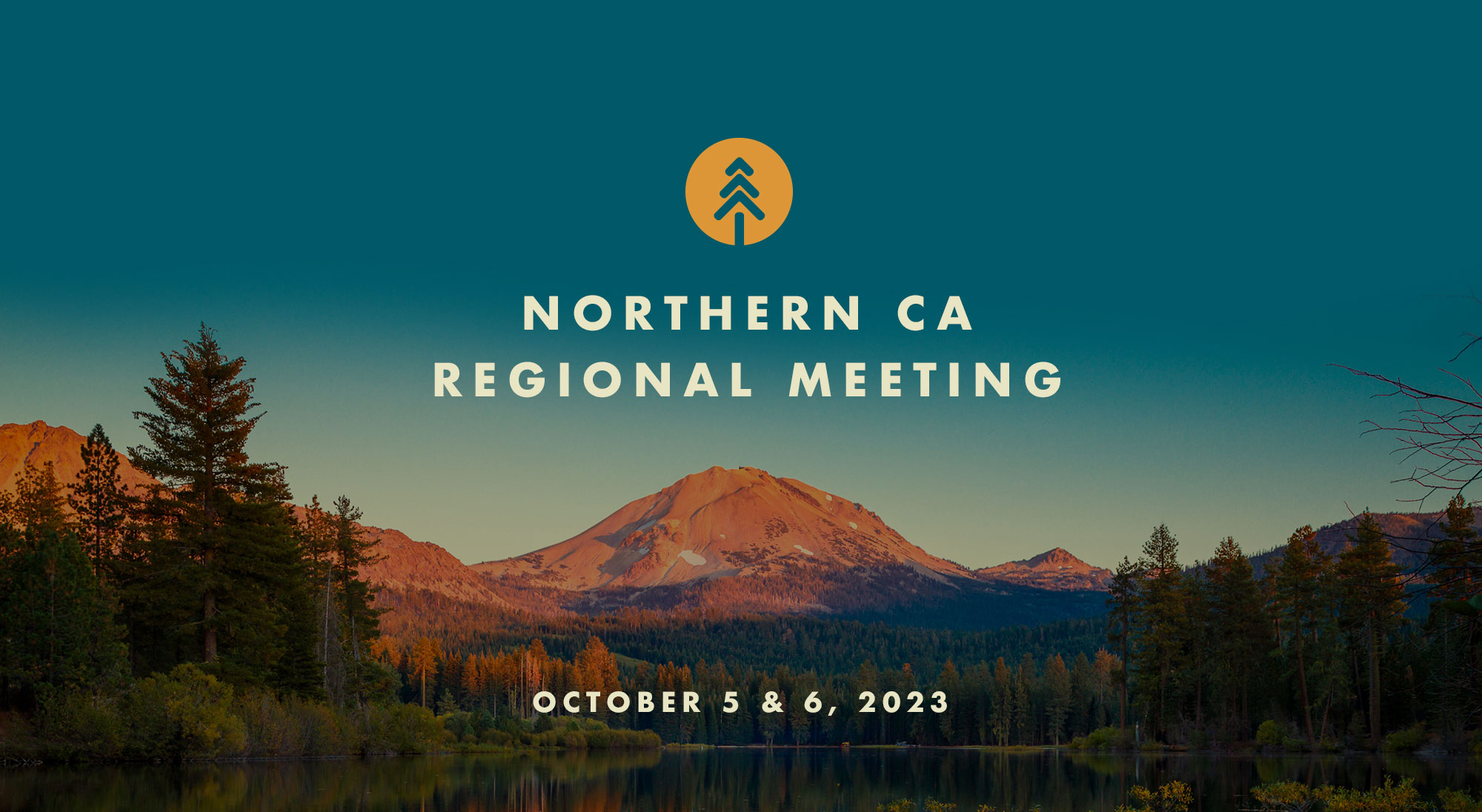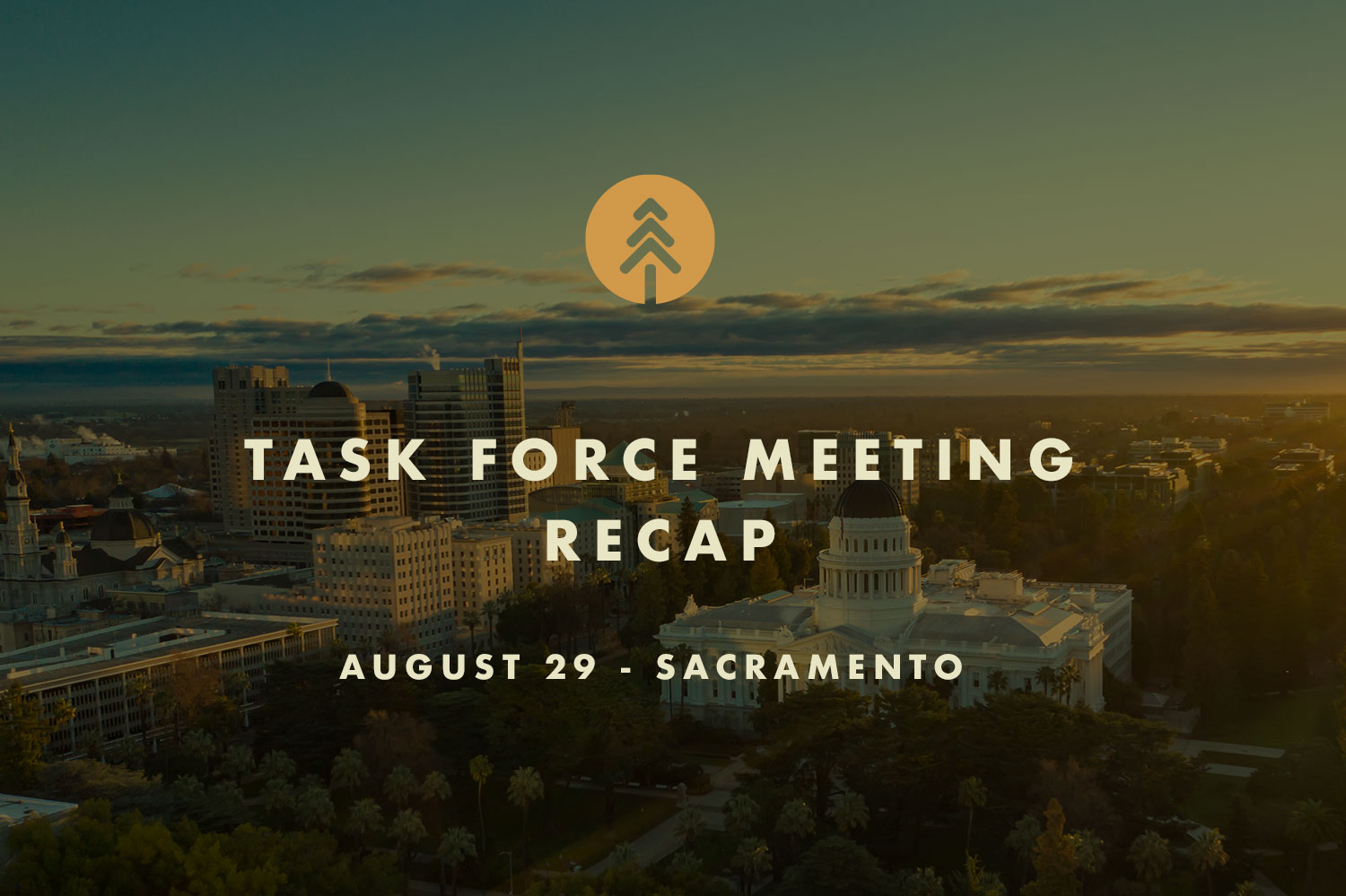California RCDs Are Making Substantial Progress on Prescribed Fire
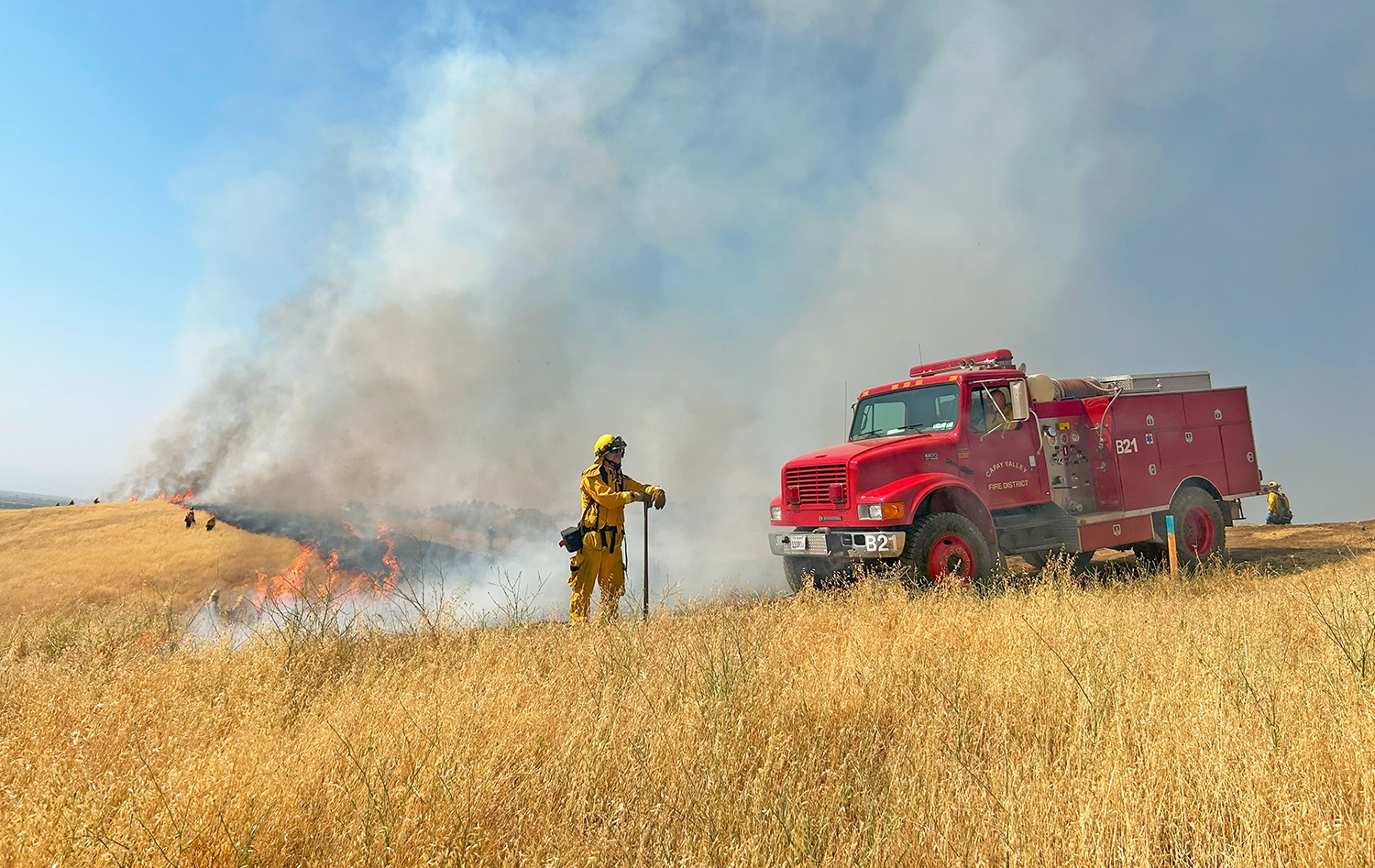
California RCDs Are Making Substantial Progress on Prescribed Burns
Getting beneficial fire to scale is a critical aspect of California’s Wildfire & Forest Resilience Action Plan. In counties throughout California, Regional Conservation Districts are making a significant impact, getting good fire on the ground, and showing the way on best practices for safe, effective prescribed burns.
Here are a few recent highlights, as favorable fall and winter conditions have enabled California’s Resource Conservation Districts to make significant progress on prescribed burns.
In Yolo County
- The Yolo Prescribed Burn Association hosted its first prescribed burn at a private ranch north of Capay on June 17th. It’s a great, full case study on effective beneficial fire.
- Yolo County RCD also recently completed their first Community Wildfire Protection Plan (CWPP). On-the-ground CWPP fuels reduction work has already begun to supplement an annual CAL FIRE prescribed burn.
- Beyond burns, Yolo County Fire Safe Council launched two programs: the Neighborhood Chipper Program and the Reflective Address Sign Program, supplying residents of high fire areas with 111 signs across 81 properties and chipping debris from the creation of approximately 5,589 cubic yards of defensible space.
In Trinity County
- Pile burning activities by Trinity County Resource Conservation District (TCRCD) fuels reduction technicians are contributing to a broader initiative to establish a shaded fuel break along the ridgetop of Browns Mountain to safeguard Weaverville and Lewiston.
- With numerous projects underway, TCRCD remains committed to leveraging controlled burns to enhance landscape health, reduce wildfire risks, and foster long-term ecological resilience. At least 35% of investments benefit residents of disadvantaged communities.
In Butte County
- Butte RCD has built a very active Prescribed Burn Association with over 350 members who are out burning almost weekly. With the addition of a fully outfitted burn trailer, RCD truck, and 125-gallon slip-in fire skid, they plan to step up acreage this spring.
- Local media has taken notice, with coverage by North State Public Radio about neighbors helping neighbors and PBA work near a major evacuation route.
In Placer County
-
- Placer RCD has a state-certified burn boss on staff and a robust program. Their website is full of good content, including videos, pictures, updates, and information about upcoming workshops.
- They also put out a quarterly newsletter titled Forest Steward with lots of high quality beneficial-fire related content and stories.
USFS Invests $179M to Confront Wildfire Crisis
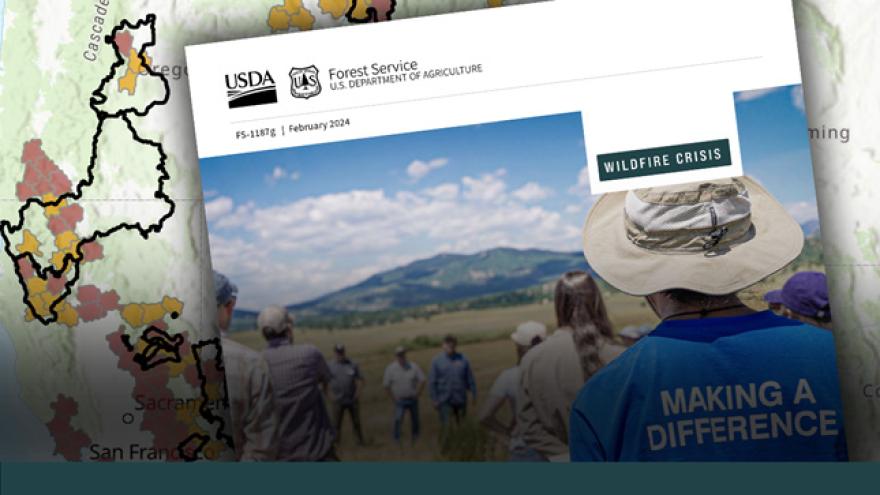
USDA Forest Service Invests Nearly $179 Million for Priority Landscapes in California to Confront Wildfire Crisis
On February 20, the USDA Forest Service announced it will invest nearly $179 million into priority landscapes across California as part of a $500 million national investment to expand work on the Wildfire Crisis Strategy to reduce risk to communities, critical infrastructure, and natural resources from the nation’s ongoing wildfire and climate crisis. This builds on the $2.8 billion already invested by Governor Newsom and California’s Legislature to take proactive actions to reduce catastrophic wildfire risks, protect communities, and restore the health of our landscapes.
“These and other federal investments are vital to match the Governor’s $2.8 billion investment over the last several years. They will also strengthen our partnership with the Forest Service, California’s largest landowner, in taking an ‘all-lands’ approach to improve the health of our forests and the safety of our communities,” said California Wildfire and Forest Resilience Task Force Director, Patrick Wright.
Funding has been designated for the following projects:
| Regional Landscapes | FY24 Allocation |
| Stanislaus | $57,663,352 |
| North Yuba | $16,489,560 |
| Sierra and Elko Fronts (includes CA & NV) | $27,692,340 |
| Klamath River Basin (includes CA & OR) | $36,831,090 |
| Plumas Community Protection | $3,522,500 |
| Southern California | $1,915,000 |
| Trinity | $34,749,886 |
| Total Allocation FY24: | $178,863,728 |
An additional $100 million will be allocated across 24 qualifying states under a new Forest Service program — the Collaborative Wildfire Risk Reduction Program which will expand work in high-risk wildfire areas outside the 21 priority landscapes. The Collaborative Wildfire Risk Reduction Program will use hazardous fuels funds from the Inflation Reduction Act to treat areas in other high-risk wildfire areas where national forests and grasslands meet homes and communities.
Sierra Nevada Conservancy Shares Draft Strategic Plan for Public Comment
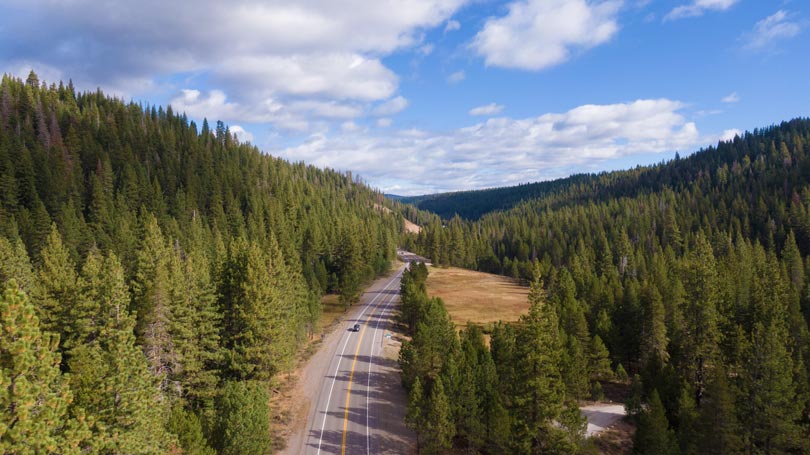
Sierra Nevada Conservancy Shares Draft Strategic Plan for Public Comment
Over the past year, the Sierra Nevada Conservancy (SNC) has been taking stock of the past five years and gathering input from their Board, partners, and the public in order to craft a Strategic Plan for 2024-2029 that will help the SNC best serve the Sierra-Cascade and all of California. Comments on the Draft Strategic Plan can be emailed or delivered in person at SNC’s March 7 Governing Board meeting in Sacramento. Public comment closes Friday, March 8 at 5 PM. After review of public comment, the SNC anticipates that the Board will consider adoption of a 2024-2029 Strategic Plan at its June 2024 meeting.
NOAA Invests $34M in Fire Behavior Prediction
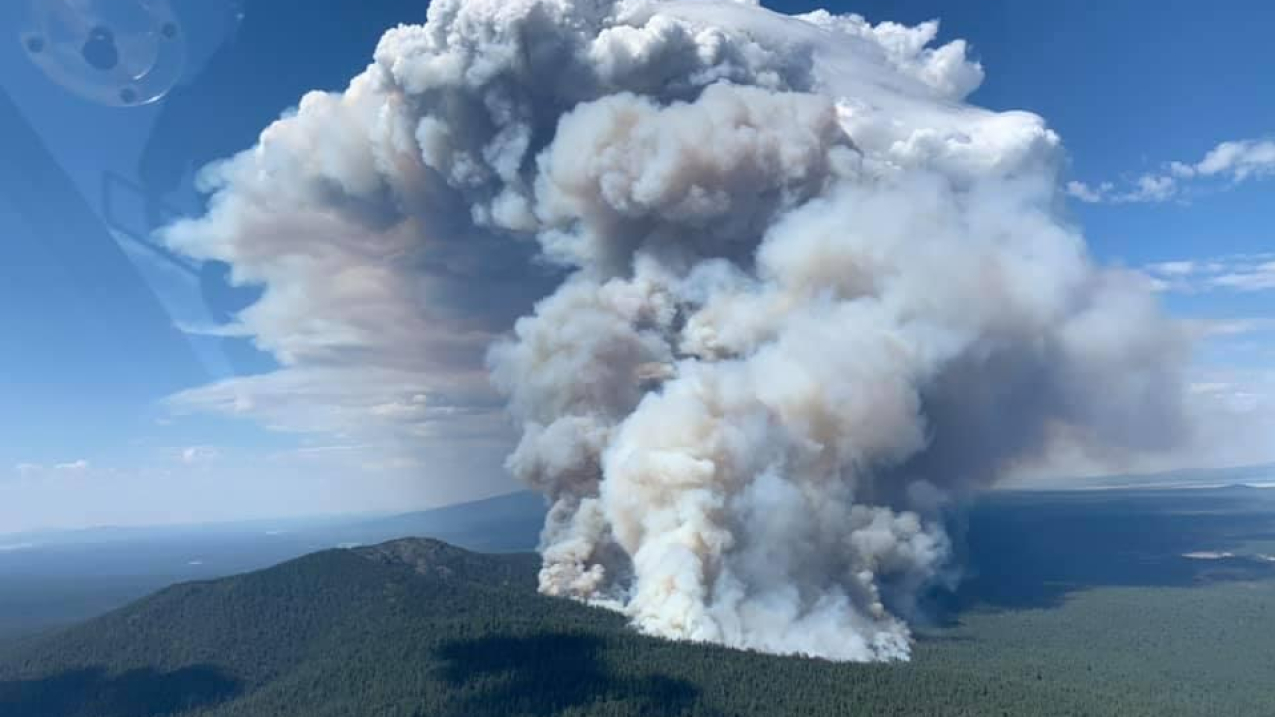
NOAA Invests $34M in Fire Behavior Prediction
The National Oceanic and Atmospheric Administration (NOAA) will award more than $34 million to six research universities in NOAA’s Cooperative Institute system to improve wildfire behavior modeling, forecasting, and wildfire warnings. Over the next five years, the funding will:
- Help NOAA build and deploy new observing systems that detect and monitor wildfires and their impacts.
- Advance high-resolution models to predict fires, emissions, and air quality.
- Establish a new NOAA Fire Weather Testbed that will allow scientists and forecasters to evaluate experimental products and speed their transition to operations.
- Improve the ability of NOAA’s incident meteorologists (IMETs) to provide emergency support at fire locations.
Recap of Sacramento 12/15 Task Force Meeting
SACRAMENTO TASK FORCE MEETING RECAP
December 15, 2023
The Task Force held its quarterly meeting at the California Natural Resources Agency in Sacramento and live on Zoom. The primary focus of the meeting was on Fire Adapted Communities and the work being doing throughout the state to achieve more resilient communities. Some of the highlights include:
- California’s Progress on Empowering Community Adaptation: Daniel Berlant from CAL FIRE and CA Fire Safe Council’s Jacy Hyde shared updates on how both statewide programs and local communities are building adaptive capacity and improving wildfire outcomes.
- California’s Roadmap for Creating Fire Adapted Communities: Two members of the Task Force’s Fire Adapted Communities Work Group — Steve Hawks from CAL FIRE and Erik de Kok, representing Ascent Environmental — shared updates on the Work Group’s recently completed Baseline Assessment and next steps in developing a statewide roadmap for community fire adaptation.
- Regional Leaders’ Perspective on Community Resilience to Fire: In a panel moderated by Molly Mowery of Community Wildfire Planning Center, regional leaders from across the state discussed pressing issues communities are facing to better adapt to fire, and the best ways state and federal institutions can support progress at the community level.
Welcome & Executive Remarks
Co-chairs
- Wade Crowfoot, CNRA
- Jennifer Eberlien, USFS
Task Force Executive Committee
- Joe Tyler, CAL FIRE
- Ed Valenzuela, CSAC
- Katy Landau, CalEPA
- Juliann Aukema, PSW Research Station
- Don Hankins, Indigenous Stewardship Network
- Sam Assefa, OPR
- Doug Teeter, RCRC
Director’s Report
Director’s Report
Patrick Wright, Director, Wildfire and Forest Resilience Task Force
California's Progress on Empowering Community Fire Adaptation
California's Progress on Empowering Community Fire Adaptation
Daniel Berlant, CAL FIRE
Jacy Hyde, CA Fire Safe Council
California's Roadmap for Creating Fire Adapted Communities
California's Roadmap for Creating Fire Adapted Communities
Steve Hawks, CAL FIRE
Eric de Kok, Ascent Environmental
Regional Leaders Perspective on Community Resilience to Fire
Moderator: Molly Mowery, CWPC
• Scott Tangenberg, USFS
• Rhiana Jones, Washoe Tribe of NV & CA
• Frank Frievalt, WUI Fire Institute
• Calli-Jane West, Butte County Fire Safe Council
• Will Harling, W. Klamath Restoration Partnership
Closing Remarks
Task Force Executive Committee
CA Board of Forestry Establishes a Resource Library to Support CalVTP Implementation
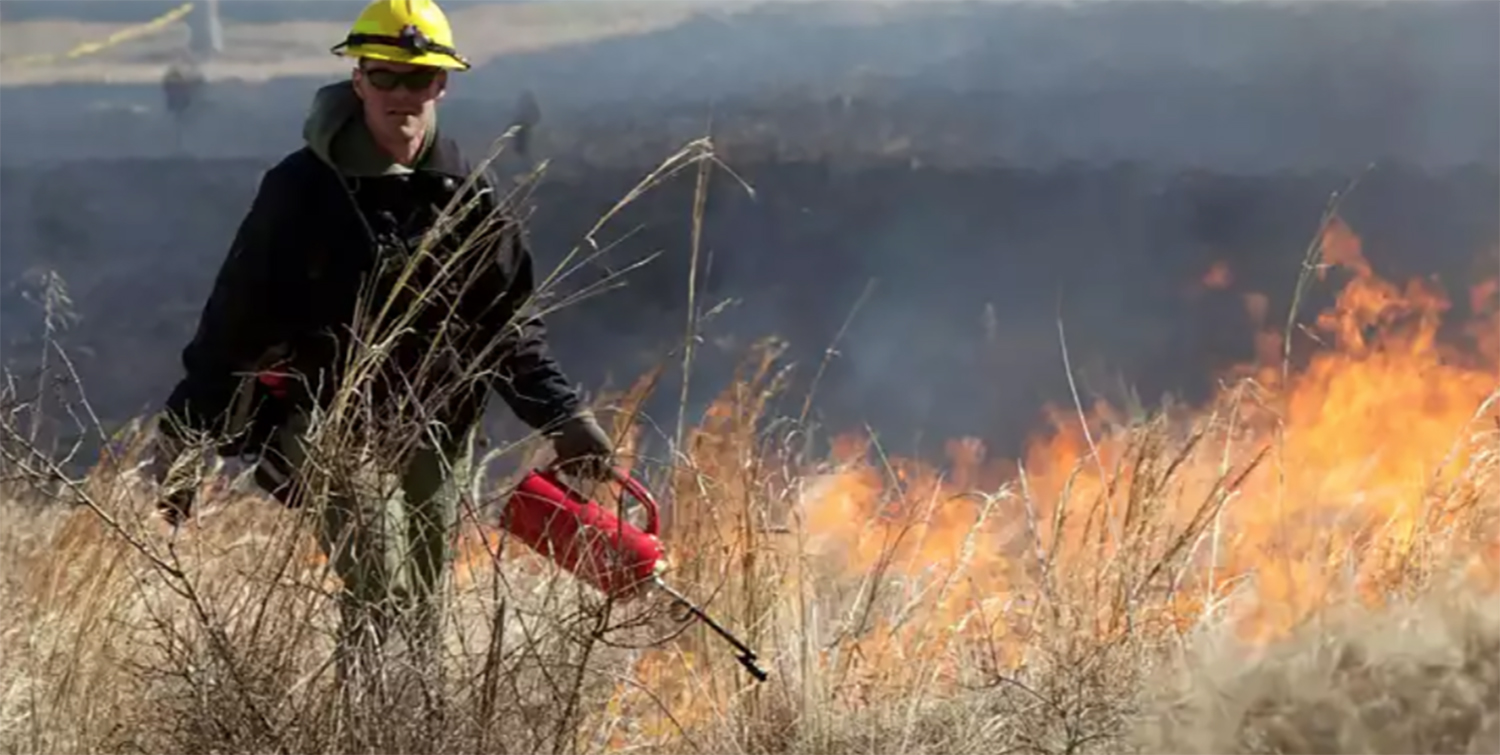
CA Board of Forestry Establishes a Resource Library to Support CalVTP Implementation
The CalVTP Program EIR is a tool to expedite CEQA compliance for wildfire resilience projects and facilitate efficient permitting. Since CalVTP implementation began in 2020, the Board of Forestry and Fire Protection has collected feedback about how to support efficient CalVTP use. To this end, the BOF has created an ArcGIS StoryMap and prepared the CalVTP Resource Library, which features example PSAs and PSA/Addenda, mitigation monitoring and reporting program implementation tools, updated frequently asked questions, and treatable landscape calculator.
NFWF and USFS Announce $50M for Landscape-scale Grants
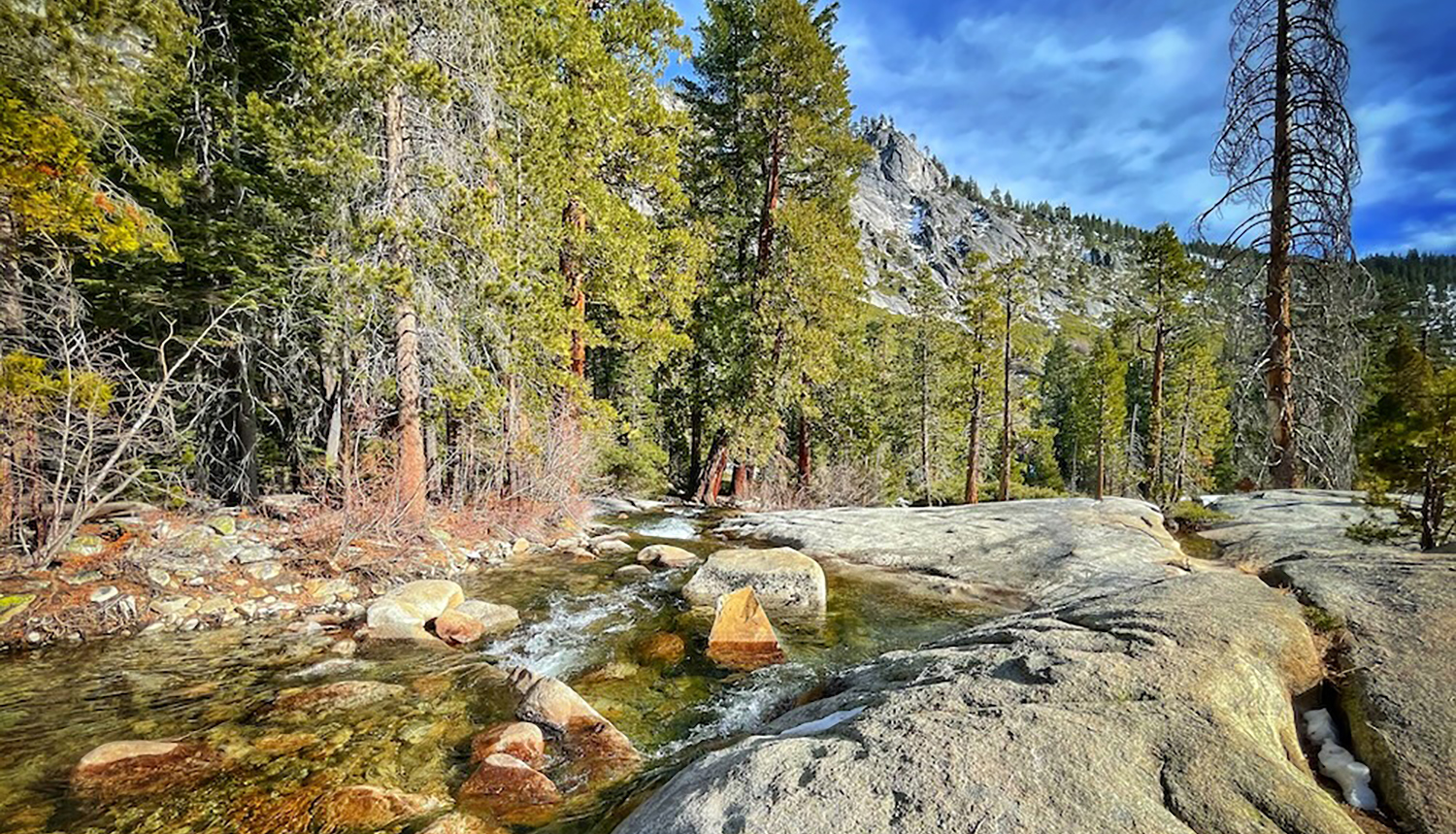
NFWF and USFS Announce $50M for Landscape-scale Grants
The National Fish and Wildlife Foundation (NFWF), in partnership with USFS-Region 5, has $50M available for landscape-scale grants — targeting landscapes encompassing up to 250,000 acres — to address comprehensive efforts to restore forest ecosystems. The priorities outlined in the California Headwaters RFP include ecological restoration and protection at a landscape scale using a comprehensive approach that takes into account the interdependencies between water and fire. NFWF is hosting a webinar on December 12 at 1:00 PM PST. Pre-proposals are due on January 18, 2024.
Recap of The Northern California Regional Meeting
NORTHERN CALIFORNIA REGIONAL MEETING RECAP
October 5, 2023
Over 300 people came together in Redding (with over 200 joining online) for the Governor’s Wildfire & Forest Resilience Task Force’s Northern California regional meeting. Highlights for the meeting included the release of the Northern California’s Regional Resource Kit and Regional profile, completing the set for all four regions. Additionally, panelists presented on Northern California’s unique physical and socio-economic landscapes, including how regional leaders are scaling up landscape restoration and community protection as well as adapting to meet forest sector workforce needs.
If you couldn’t make it in person, or missed the real-time webinar, video recordings are available below.
REGIONAL MEETING AGENDA HIGHLIGHTS
- Director’s Report: Director Wright provided an overview of projects and investments achieved by Task Force partners in the region and shared how new Task Force products such as the Interagency Treatment Dashboard and Regional Resource Kits can be utilized to assess landscape health and fire risk, plan and prioritize projects, and track progress toward wildfire resilience in every region of the state.
- Northern California Landscapes: A panel of experts discussed Northern California’s unique physical and socio-economic landscapes and the role Indigenous stewardship, water security, and community resilience and recovery play in the region. The Task Force Interagency Science Team then introduced the new data tools for practitioners available in the Task Force’s Regional Resource Kits.
- Scaling Up Landscape Restoration and Community Protection: Northern California regional leaders discussed how they are aligning funding and adapting their programs to restore landscapes and protect communities at a meaningful scale. This included a case study of Trinity County, California’s highest fire risk county.
- Forest Sector Workforce Needs & Opportunities: A panel of forest sector workforce and training representatives discussed current forestry-related workforce impediments to increasing the pace and scale of landscape restoration.
Welcome
• Dr. Joe Wise, Shasta-Tehama-Trinity Joint Community College District
• Chairman Jack Potter Jr., Redding Rancheria
Opening Remarks
• Wade Crowfoot, CNRA
• Jennifer Eberlien, USFS
• Brian Ferebee, Executive Lead, Wildfire Crisis Strategy, USFS
• Task Force Executive Committee
Director’s Report
Director’s Report
• Patrick Wright
Northern California's Landscapes
Northern California's Landscapes
• Moderator: Steven Ostoja, USDA California Climate Hub
• Ramona Butz, USFS Northern Province Ecology
• Frank Lake, USFS-Pacific SW Research Station
• Safeeq Khan, UC Merced
• Yana Valochovic, UCANR
Regional Resource Kits: John Battles, UC Berkeley
Scaling Up Landscape Restoration & Community Protection
Scaling Up Landscape Restoration & Community Protection
• Moderator: Nick Goulette, The Watershed Center
• Kelly Sheen, Trinity County RCD
• Rachel Birkey, Shasta-Trinity National Forest
• Leaf Hillman, North Coast Resource Partnership
• Gabe Shultz, CAL FIRE Northern Region
Forest Sector Workforce Needs & Opportunities
Forest Sector Workforce Needs & Opportunities
• Moderator: Becky Roe, Shasta College
• Todd Jones, Shasta Economic Development Corporation
• Lindsay Dailey, Tribal EcoRestoration Alliance
• Justin Britton, CAL FIRE
• Mark Luster, Sierra Pacific Industries
• Tim Aldinger, Foundation for CA Community Colleges
Closing Remarks
• Task Force Co-Chairs
Recap of Sacramento 8/29 Task Force Meeting
SACRAMENTO TASK FORCE MEETING RECAP
August 29, 2023
The Task Force held its quarterly meeting at the California Natural Resources Agency in Sacramento and live on Zoom. Recordings of the sessions are available on the Task Force website. Some of the highlights include:
- Interagency Treatment Dashboard: The Task Force formally announced the beta release of the Interagency Treatment Dashboard. CAL FIRE’s Alan Talhelm demonstrated how the highly interactive online tool will allow users to sort treatments by region, county, land ownership, and more.
- Agency Spotlight – Bureau of Land Management: Karen Mouritsen from the BLM provided updates on a new Statewide Wildland-Urban Interface Fuels Treatments Programmatic EA which accelerates fuels treatments on 930,000 acres of public lands as well as a new Good Neighbor Authority Agreement with CAL FIRE which makes it easier to work across land jurisdictions.
- Regional Frameworks Panel: Forest Schafer from the Task Force moderated a panel of regional leaders discussing how they are organizing regionally to support both capacity building and large-scale implementation.
- Regional Investment Highlights: A panel of regional funders offered overviews of how they are aligning investments on the ground.
Welcome & Executive Remarks
Acting Co-chairs
- Joe Tyler, Director, CAL FIRE
- Sherry Hazelhurst, Director of State & Private Forestry, USFS Region 5
Task Force Executive Committee
- Katy Landau, CalEPA
- Richard Barhydt, Pacific Southwest Research Station
- Don Hankins, Indigenous Stewardship Network
- Sam Assefa, OPR
- Doug Teeter, RCRC
Director’s Report
Director’s Report
Patrick Wright, Director, Wildfire and Forest Resilience Task Force
Interagency Treatment Dashboard
Interagency Treatment Dashboard
Alan Talhelm, Assistant Deputy Director, Climate & Energy, CAL FIRE
Agency Spotlight: Bureau of Land Management
Agency Spotlight: Bureau of Land Management
Karen Mouritsen, California State Director, Bureau of Land Management
Regional Frameworks Panel
Moderator: Forest Schafer, Task Force
• Angela Avery, Sierra Nevada Conservancy
• Karen Gaffney, North Coast Resource Partnership
• Mary Small, State Coastal Conservancy
• Michael O’Connell, Irvine Ranch Conservancy
Regional Investment Highlights
- Jonathan Birdsong, National Fish & Wildlife Foundation
- Kate Dargan & Marion Whitman, Moore Foundation
- Jacy Hyde, CA Fire Safe Council
Closing Remarks
Task Force Executive Committee
New Online Treatment Dashboard to Track Wildfire Resilience Projects
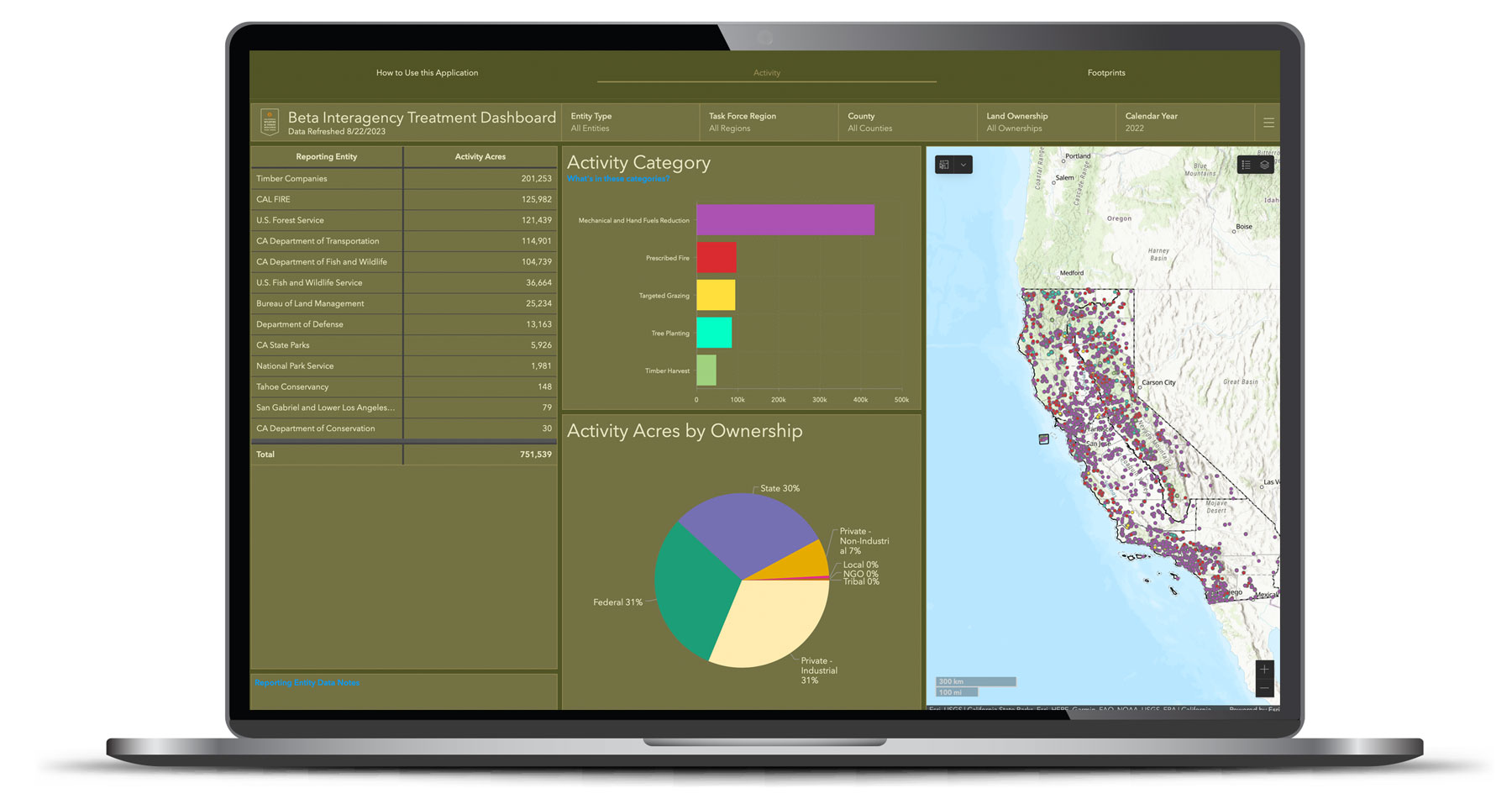
New Online Treatment Dashboard to Track Wildfire Resilience Projects
On August 29, the Governor’s Wildfire and Forest Resilience Task Force launched the beta version of a first-of-its-kind Interagency Treatment Dashboard beta that displays the size and location of state and federal forest and landscape resilience projects in California.
The dashboard offers a one-stop-shop to access data, provide transparency, and align the efforts of more than a dozen agencies to build resilient landscapes and communities in California. It reports treatment activities such as prescribed fire, targeted grazing, uneven-aged timber harvest, mechanical and hand fuels reduction, and tree planting. Users can sort treatments by region, county, land ownership and more.
The beta version of the dashboard will continue to be refined to include additional data, including projects by local and tribal entities, along with revisions based on public feedback. An official launch is expected in spring 2024 with more complete data on projects implemented in 2022.


